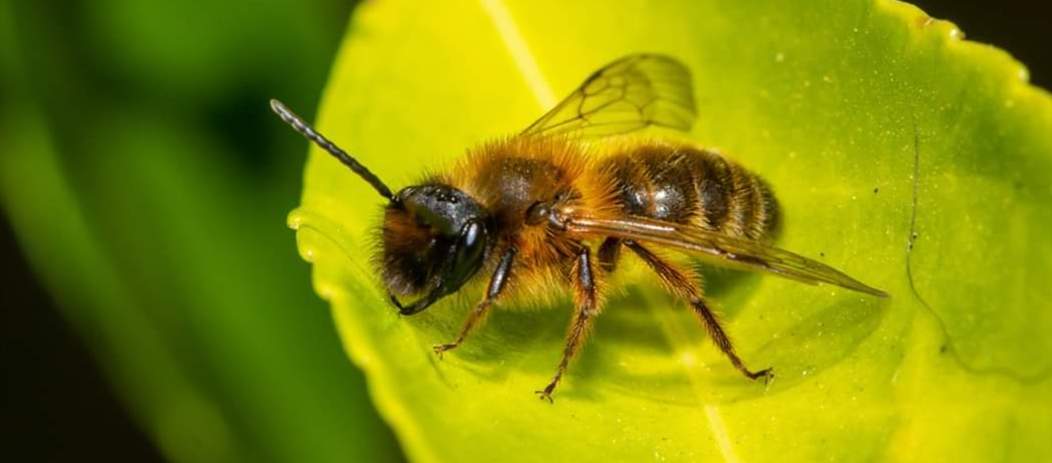Mason bee's - officially NOT a pest.
Posted on 20th April 2020 at 08:07
Every spring we see the emergence of Queen wasps, as they come out of hibernation the race is on to get the new wasp nest constructed and the production of drones. Without a shadow of doubt most people fear these insects and rightly so, a seemingly aggressive nature coupled with a painful sting means that this is one of our ‘big’ pests. Given the general dislike for wasps its common for members of the public to lump in with these insects all sorts of benign creatures like hoverflies and bees. One set of bees that emerge early are the mason bees and these are a harmless species that has an important role as a pollinator. Mason bees have had a good couple of years following two decent summers and their numbers are very high. They are a solitary bee but they will congregate in large numbers on south and east facing walls, often alarming homeowners who mistake them for wasps..
Mason bees emerge in the early spring and begin foraging for the foodstuffs that will be used to rear their young: they use existing holes in masonry and cracks in walls to nest in and its common for an old wall with crumbly mortar to have several hundred all buzzing about at once.

Tawny mining bee
Andrena fulva

Yellow legged mining bee
Andrena flavipes
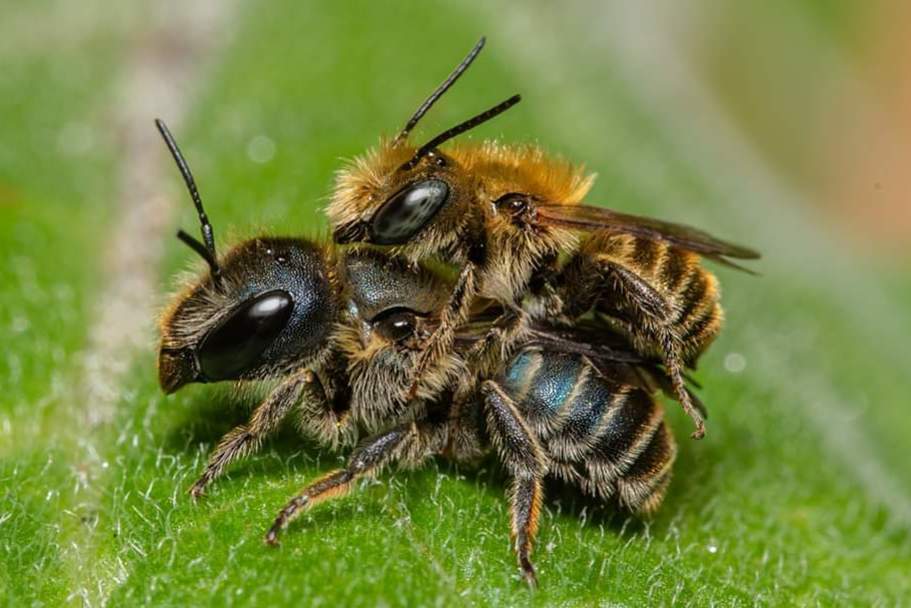
Blue mason bee
Osmia caerulescens
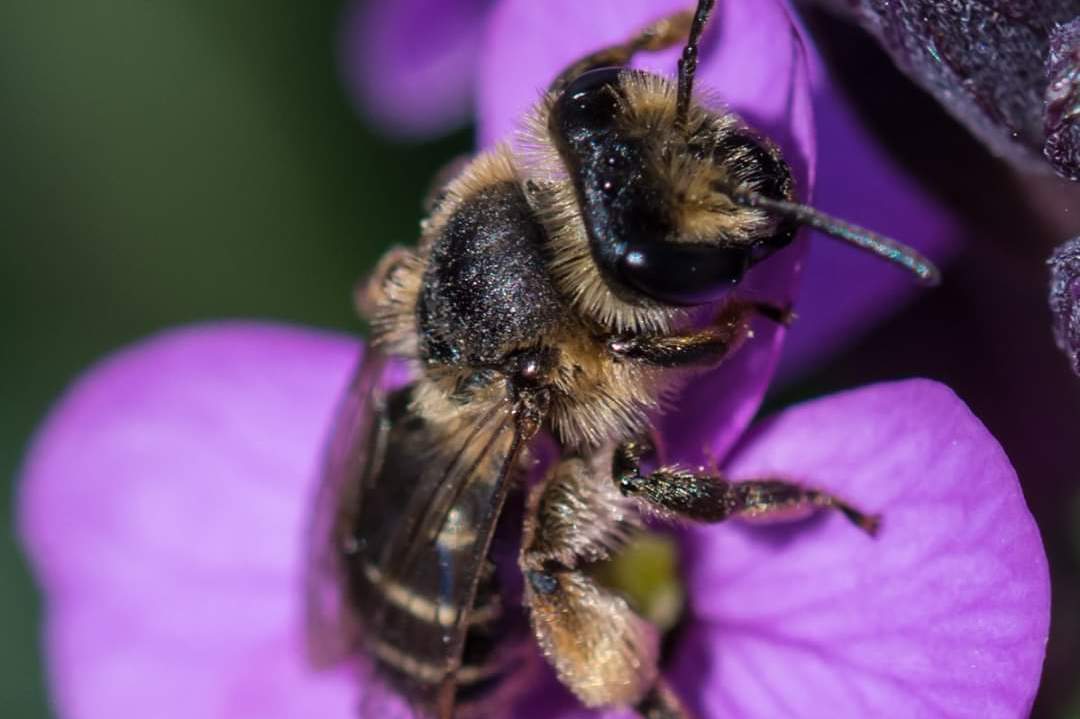
Short fringed mining bee
Andrena dorsata
The bees pack these holes with bee bread and, as you’d imagine with bees, this is a simple form of ‘superfood’; beebread is flower pollen mixed with the bee’s saliva along with proteins from the surface of the flowers and nectar. Bee’s are remarkable insects that have an important role in food production that supports most of the life on planet earth and its often stated that without bees, mankind will have just four years left to live.
We’ve put together this blog to answer some of the questions that we get regarding mason bees and to try and prevent the destruction of such an important species that really shouldn’t be considered a pest. As ethical pest controllers we will not carryout treatments for bees especially the humble mason bees and it breaks my heart to think that people in the pest control industry are happy to exterminate these insects for such a short term financial gain. Another way to look at it is why should you pay for the destruction of something that cannot hurt you, its just a lack of understanding that brings with it the fear.
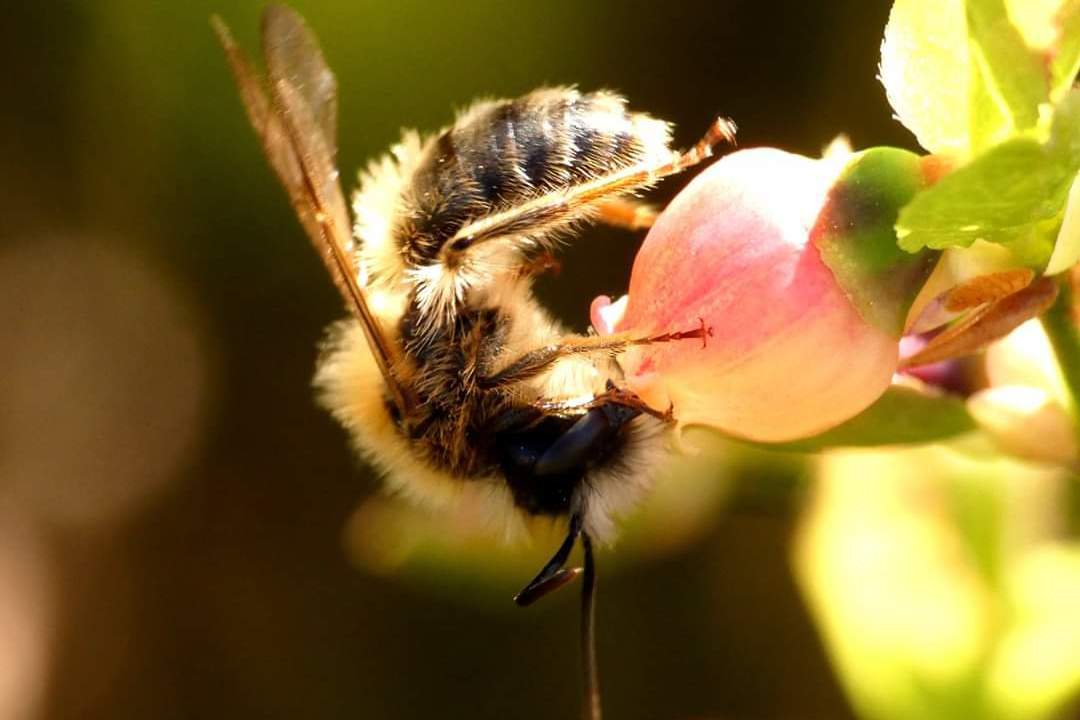
Bilberry mining bee
Andrena lapponica
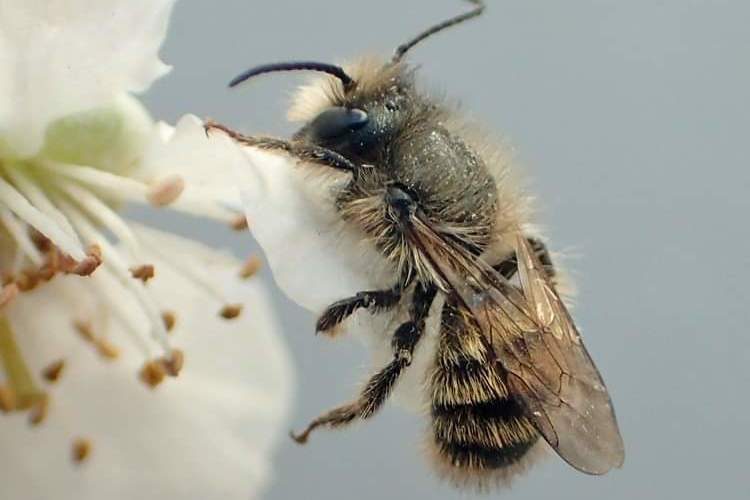
Red mason bee
Osmia bicornis
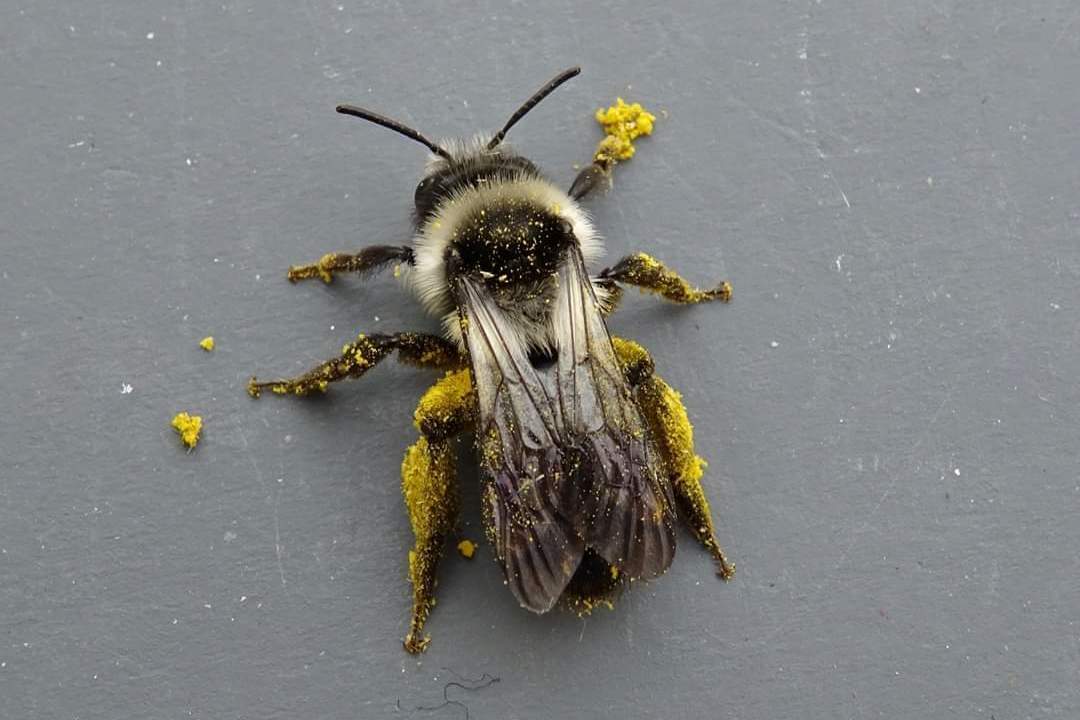
Ashy mining bee
Andrena cineraria
We see the female bees in the springtime, and they emerge in their thousands, you’ll often see clouds of bees flying in endless circles above a patch of dry ground or around a section of old crumbly wall. The bees work on visual clues so they are looking for the entrance to their nest, once there they pack the bee bread into the void that they have created or have inherited. Its worth noting that bee and wasp behaviour and flight patterns are very different, bees have a very different outlook on life to wasps
When you see an active wasps’ nest in a bush or under the eaves of a house, the workers rush in and out on direct flight paths rather like those near a commercial airport. The wasps need to catch their prey so they have a busy, no nonsense approach whilst bees are collecting pollen from flowers. Incidentally have you ever wondered how bees find the juiciest flowers?
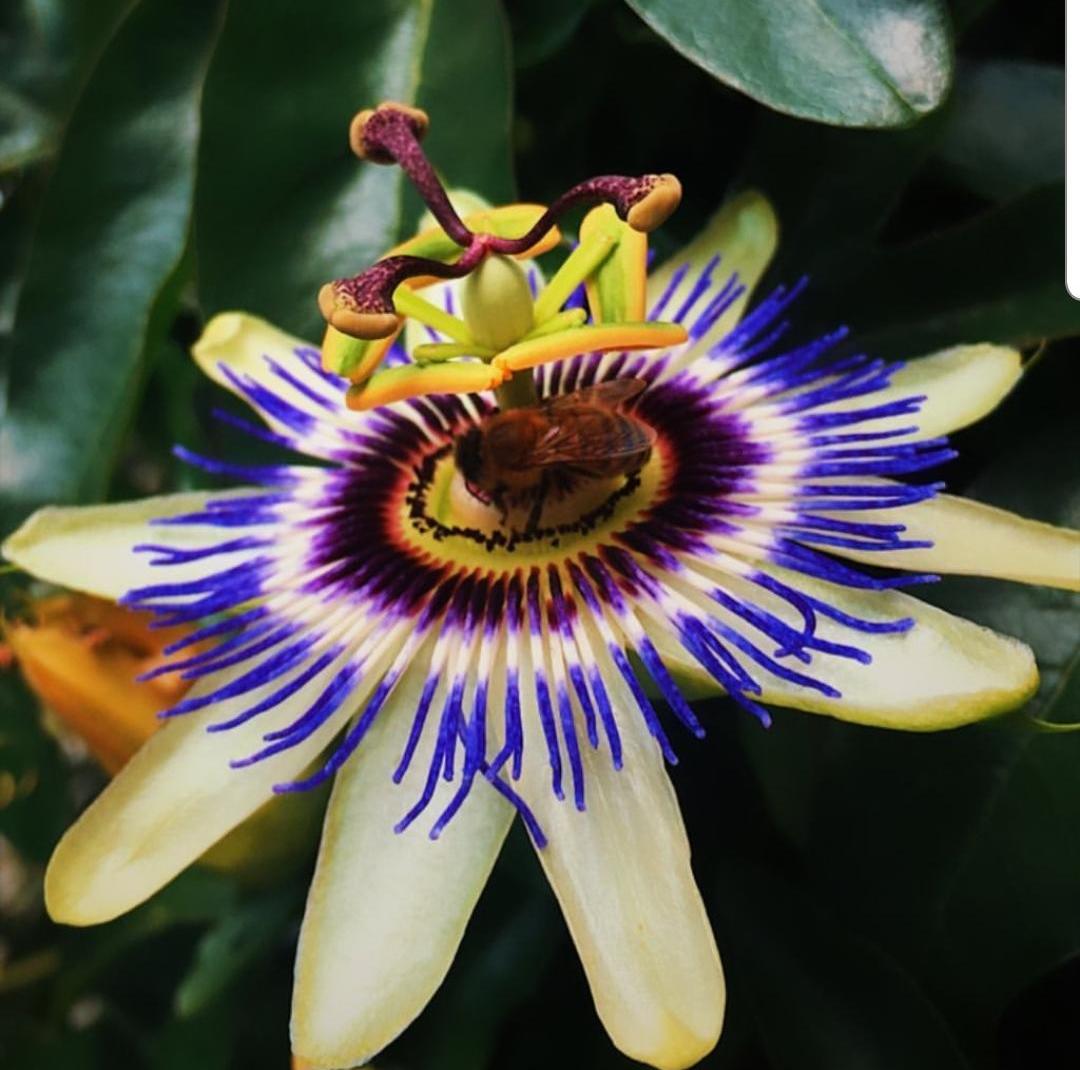
When a bee is in flight it builds up a small positive electrical charge, a bit like when you rub your feet across a nylon carpet and the hairs on the bees body detect negative fields; flowers that have a full store of nectar release this negative charge to attract the bee’s to it. Mason bees are that effective that a single bee can pollinate an entire apple tree on its own.
Mason bees are a busy bee because they have a short lifespan, without a nest packed with food and a colony to defend they are more easy going than any other types of bee. We regularly get called out to these and you can place you finger near the entrance to the bee’s burrow and it will fly away from you; something that I wouldn’t recommend with wasps!
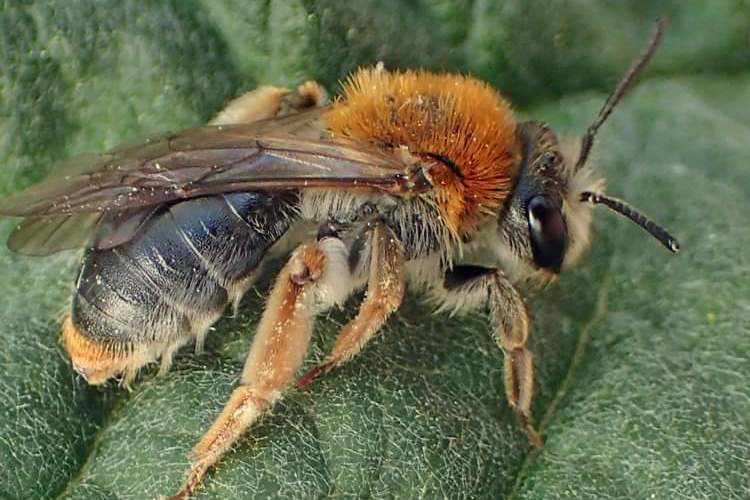
Chocolate mining bee
Andrena scotica
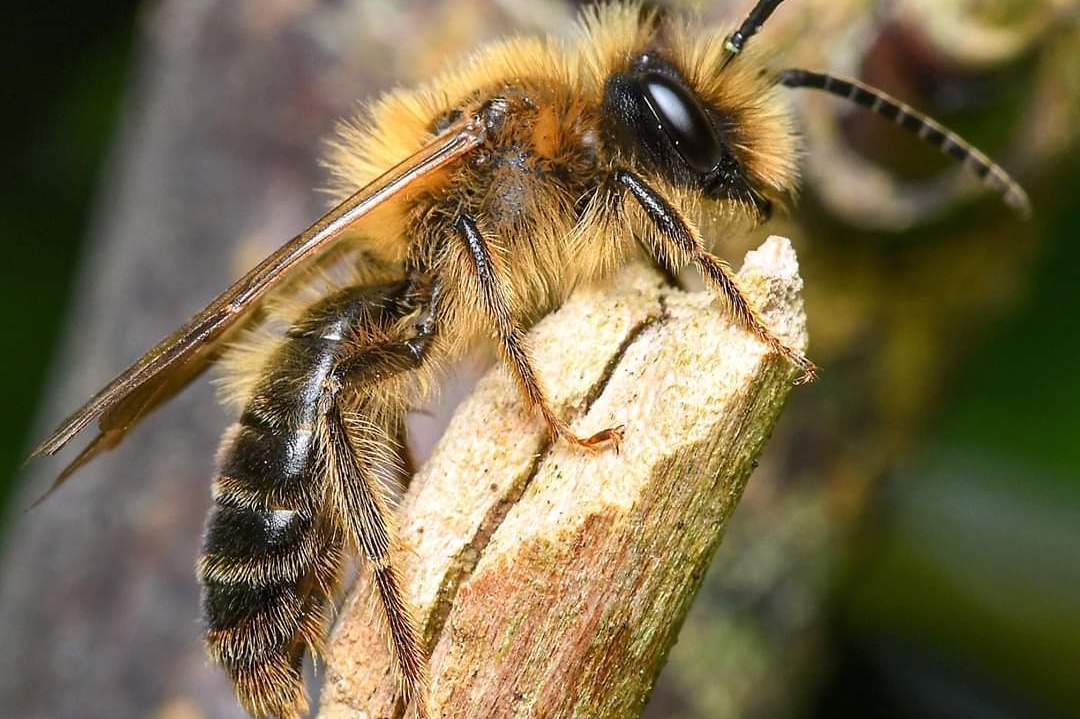
Early mining bee
Andrena haemorrhoa
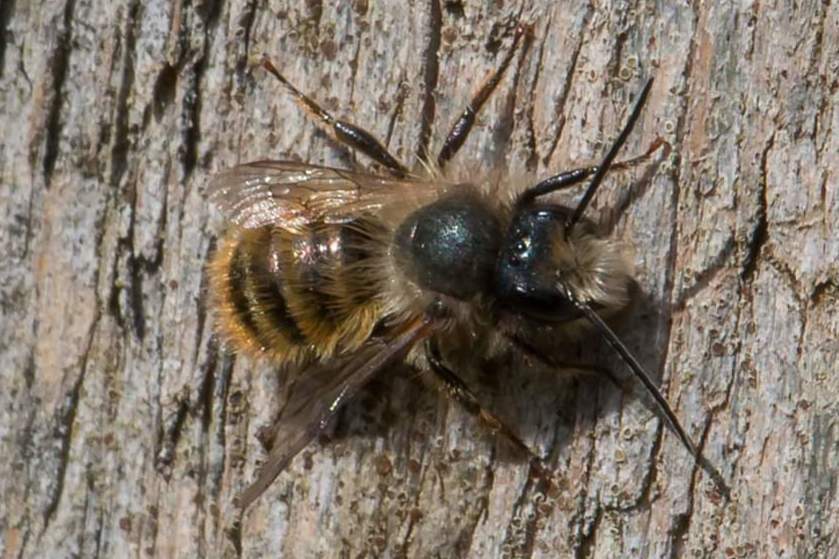
Two coloured mason bee
Osmia bicolor
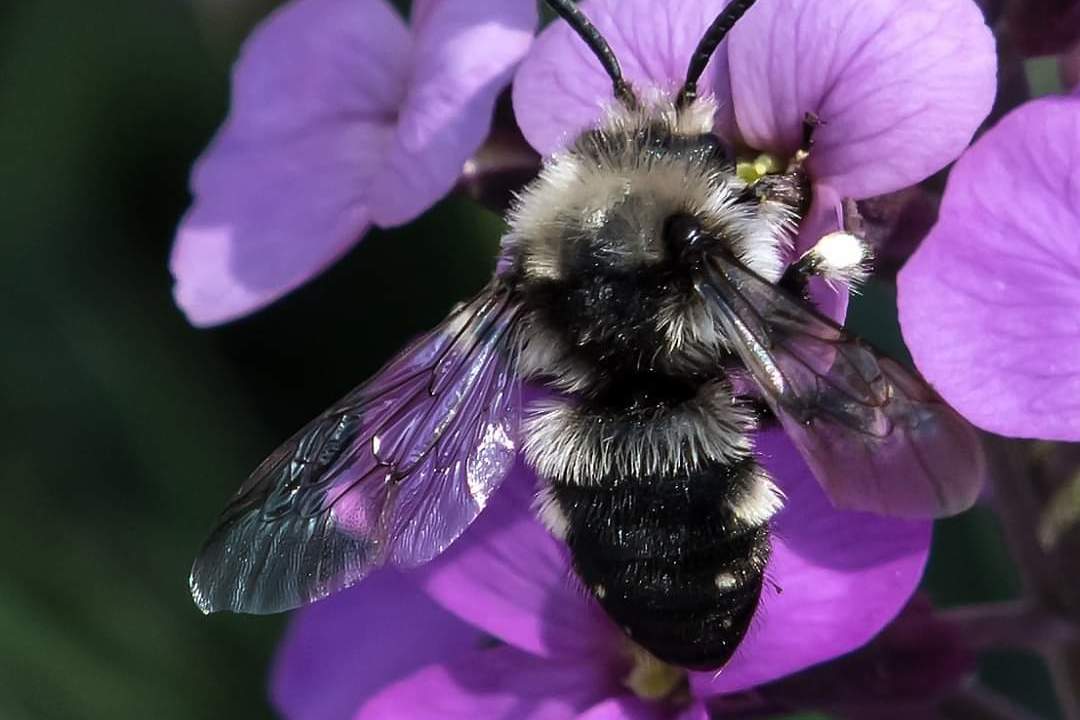
Common mourning bee
Melecta albifrons
The mason bee packs the nest chamber with a mixture of bee bread and egg cells, laying the female eggs first so that these will be the last to emerge in the autumn. Having completed one nest the mason bee will fly off to find somewhere else and the process continues, they don’t have a single nest or colony to defend so there’s no aggression. The mason bees have a lifespan of just a few weeks so she’s busy doing her best to ensure that the next generation has everything it needs.
The bee larvae hatch and stay put safe inside their cell eating all the food left their by the female, eventually these larvae pupate and they will emerge in the autumn to mate. This will be a mass nuptial flight and again this is another time when people find themselves surrounded by masses of ‘wasps’.

Mason bees are gentle creatures that benefit us enormously through pollination, they do have a stinger, but it is un-barbed (so will not break off in our skin like the bumblebee) and the bee’s possess very little venom. The bottom line is that these bees cannot hurt us they can only benefit us so please do not kill or ask a pest controller to kill them; it’s totally unnecessary.
The UN has released a statistic that 40% of pollinators are in danger of becoming extinct and we can help these gentle bees and in turn help ourselves with the introduction of a Mason Bee House into the garden. A warm sunny spot that picks up the early rays of the sun is the ideal spot for your bee house; somewhere away from bird boxes as the birds and the bees don’t mix.
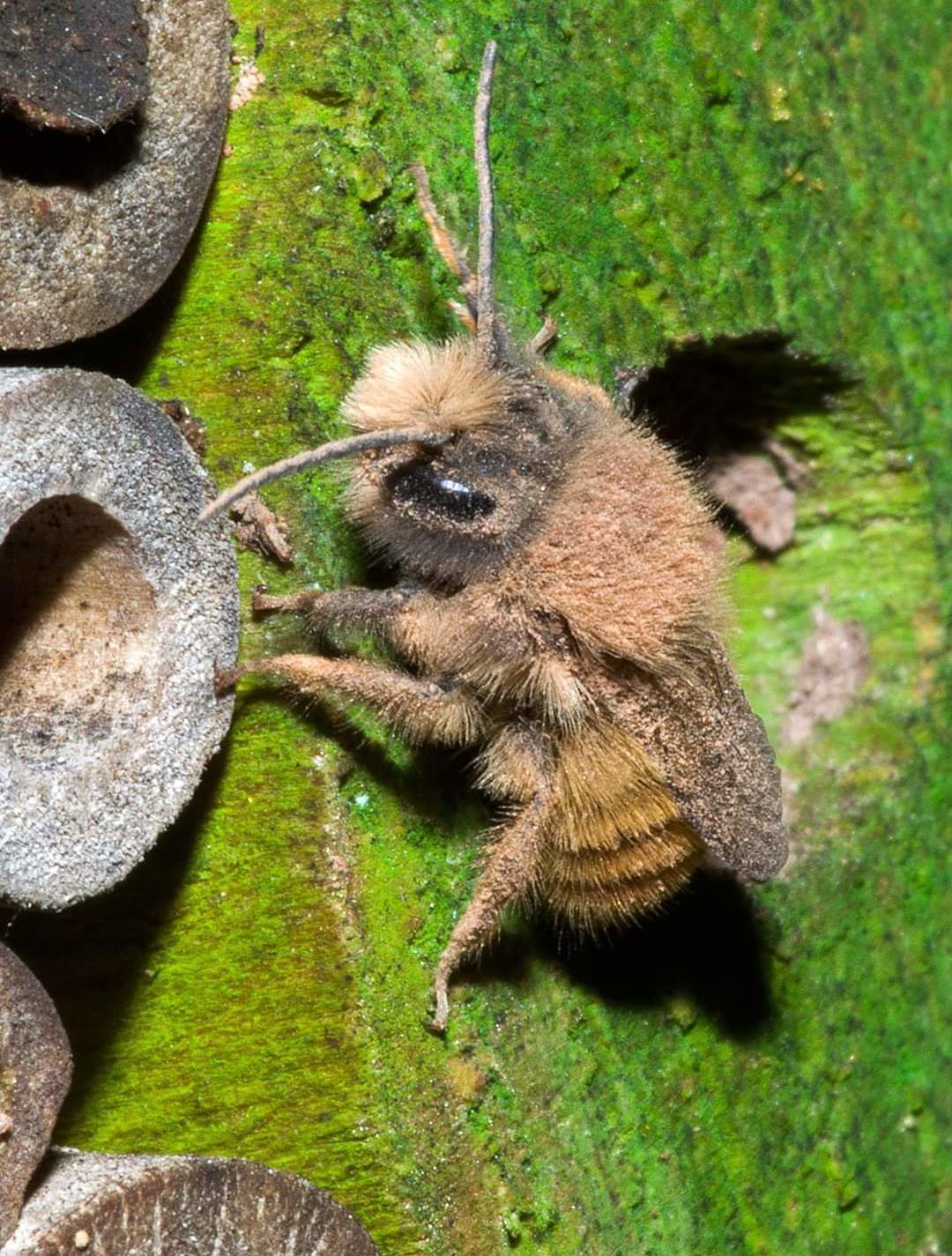
A young bee emerging from the nest chamber
An easterly facing wall is ideal at about head height, female mason bees use sight markers to find their nest hole so don’t make the house uniform, the more haphazard the better
Tagged as: Wasps and bee's
Share this post:





